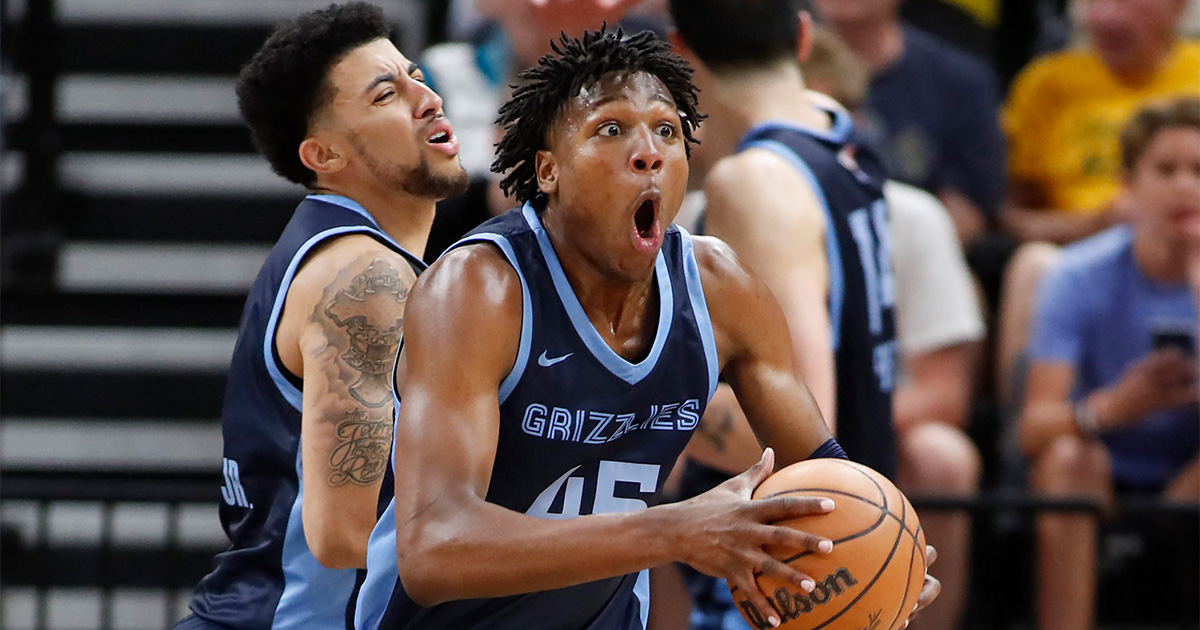With the League of Legends World Championship 2020 on the horizon, it is the best time for newcomers to the ever-popular game to hop on to the competitive hype train and find a region to stick to.
Are you having difficulties in understanding the many things that happen all at once on the screen? This primer will help you understand the things you should expect to see in the live matches soon!
How to Win in League of Legends
League of Legends is a five-versus-five multiplayer online battle arena game, with the biggest win condition for both teams is to destroy the opposing Nexus. There are three lanes that extend from the bases that shield the Nexus: the top, middle, and bottom lanes. There are four jungle quadrants, divided into half for each team, and is situated in between the lanes.
Players make use of a champion, a representative of themselves on Summoner’s Rift, to do battle against other champions and achieve the necessary steps to destroy the enemy Nexus. Different champions have different abilities and strengths, and the team that creates a solid team composition—also known as “drafting”—will likely win the game even before the battle begins.
Learning the Draft
Drafts are critical in competitive League of Legends, because this is what most predictions and pre-game analysis revolve upon. Commentators and seasoned spectators emphasize the importance of proper drafting because it will determine the synergy and capability to beat the enemy team in lane and in teamfights.
A standard draft would compose of five roles: a tank or bruiser in the top lane that can stand by himself, a jungler with strong roaming and invading pressure, a mage in the mid lane, a powerhouse of a marksman, and a support that can either keep her team alive, or disrupt the enemy engage.
Some teams prefer choosing a champion that can be flexed (played) on two or more positions to confuse the potential counter drafts. Others break the conventions of some lanes, like bringing marksmen to the top lane and burst mages to the bot lane. Everything that happens in the draft is partially due to the strategies that a team employs, and partially it can be due to the meta of the season.
Knowing the Meta
The metagame is the other defining factor in League’s competitive scene. Aside from the draft itself, its components are also integral to a team’s success. The meta shifts depending on the season and the patches that either buff or nerf certain champions to make them shine, or keep them in line with the rest of the roster.
Generally speaking, what is considered to be meta in competitive play can be narrowed down to two things: the overall strength of a champion, and how well it synergizes with other meta champions and team compositions.
For instance, let’s look at the LPL, China’s professional scene for League of Legends Esports. One of the most favored champions in the top lane is Renekton, with over a 96.7% presence in the 2020 Summer Playoffs.
Renekton is an early game powerhouse with high burst damage, innate sustain, strong waveclear, a mobility skill with easy conditions, and is not particularly hard to play. Thanks to these traits, Renekton can hold his own in the top lane and even snowball to become an early game threat. While he becomes weaker as time passes, LPL games often get decided in the early to middle stages.
Neutral Objectives
Neutral objectives are one of the biggest resources that teams always drop everything else for. These are resources that can strongly shift the tempo towards the team that’s leading in objective kill counts.
Elemental Drakes are one of the three neutral objectives that grant bonuses to the killing team. There are four elemental drakes, which are Ocean Drake, Cloud Drake, Infernal Drake, and Mountain Drake.
- Slaying the Ocean Drake provides team-wide regeneration bonuses;
- Cloud Drake provides additional ultimate cooldown reduction;
- Infernal Drake provides percentage additional attack damage and ability power, and;
- Mountain Drake provides percentage additional armor and magic resist.
Killing the third drake that spawns in the game will change the map’s layout upon being slain.
- Slaying the Ocean Drake gives life to the Rift and increases the volume of brushes and plants around the map;
- Cloud Drake hastens champions and creates speed gates around the jungle quadrants;
- Infernal Drake will burn most brushes in the Rift and creates new pathways, and;
- Mountain Drake creates new terrain in the jungle and the Dragon pit.
Once a team obtains four total Dragon kills, they obtain the Dragon Soul based on the dominating number of Elemental Drake types that they have killed for the game.
- Ocean Dragon Soul gives them empowered health and mana regeneration after damaging enemies;
- Cloud Dragon Soul provides bonus movement speed that triples when out of combat;
- Infernal Dragon Soul will grant damaging abilities and attacks with an area-of-effect damage on a 3-second cooldown, and;
- Mountain Dragon Soul will provide a shield based on attack damage, ability power, and bonus health.
Elder Drake is the last type of Dragon, and he spawns after a team obtains the Dragon Soul. Upon slaying the Elder Dragon, he provides a buff that will execute champions once their health reaches a threshold. This provides a source of comeback for teams that can’t dish enough damage to take down their entire health bar, and it further creates momentum for the winning team.
Baron Nashor is the strongest neutral objective of the game, and teams often try to take him as early as 20 minutes before he grows stronger. Once Baron Nashor is slain, the slaying team gains a team buff that gives them bonus stats and empowers their minions to become powerful sieging machines. Baron is a key factor in pushing towards the enemy base and further towards the opposing Nexus.
Understanding the Numbers
Most importantly, the commentators and the live screen will often display different statistics at different times. Here is some of the few statistics that you should keep note of to know who’s in the lead and who’s lagging behind:
- Kill-to-Death ratio (KD) refers to the player or a team’s amount of kills compared to their deaths. The larger the number, the bigger the difference between their kills are from their deaths. An additional parameter in Assists (KDA) will add kills and assists together and compare it to the amount of deaths.
- Gold difference (GD) is a statistic that compares a team’s total gold value to the enemy team’s gold value. The larger the number, the larger the difference in gold. If the gold difference value is positive, it means that the team is leading the difference; conversely, if the value is negative, then it means that the enemy team has more gold value than them.
- Kill Participation (KP) measures how much of a player has contributed to the team’s kills and assists in one game. Oftentimes this is a measure that is high with junglers and AD carries because the former roams to his teammates to help and gank, and the latter is responsible for dishing out tons of damage.
- Creep score (CS) and creep score difference (CSD) are constructs that measure a player’s minion and jungle monster kill count, and its difference compared to their opposing laner. CS is one of the biggest determinants in a laner’s success and failure in gathering gold and experience, and optimizing resource gains is important to every player. Creep score per minute (CSPM) measures how much CS does a laner get every minute on average, and high CSPM scores mean that they are farming resources extremely well.
- Champion presence refers to a champions combined pick and ban rate. A champion with 100% presence in pro play means that in every single game, either the champion is picked in the game, or banned by either team. Champions with extremely high presence often infer that he/she is a meta pick and is strong enough to maximize a team’s chances of winning.
Concluding Thoughts
League of Legends is a heavily nuanced game, and this primer only touches the tip of the iceberg. At the very least, by reading this piece, you may be able to understand at a decent level. Over time, having a general knowledge of the game can help you to understand each professional match, and in return you get to learn some new techniques to try on your solo queue games.
Have you found your favorites for Worlds 2020?















